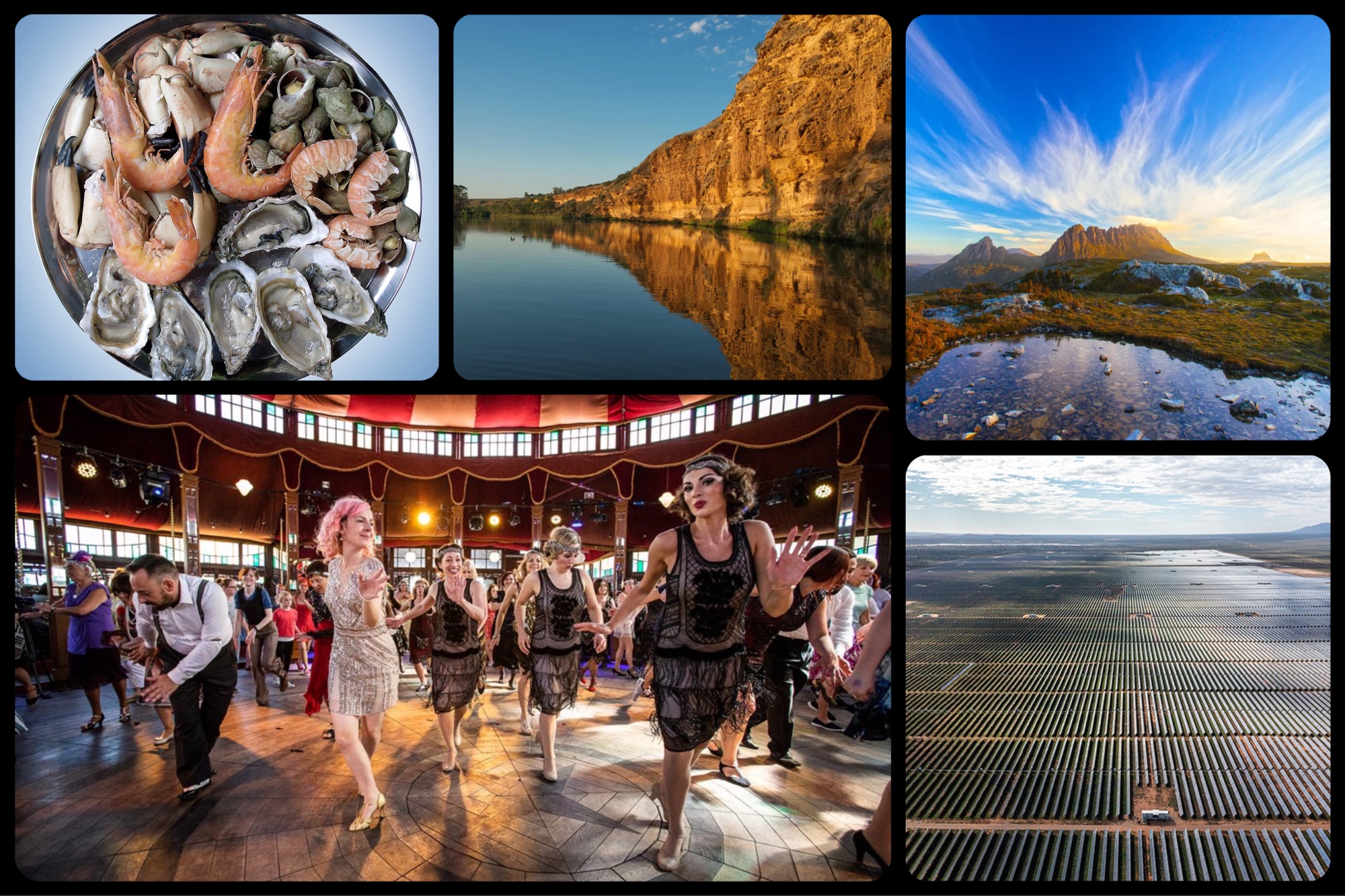In the heart of Australia, South Australia beckons with its captivating landscapes, flourishing arts scene, and extraordinary culinary delights. From the breathtaking Eyre Peninsula coastline to the iconic Outback, this region weaves a rich tapestry of natural marvels and cultural gems. As we explore 18 compelling facts about South Australia, you’ll discover the enchantment of the Barossa Valley’s top-tier wineries, the lively festivals adorning Adelaide’s streets, and the ancient Aboriginal heritage imbued in the land. Embark on a journey through the state’s enthralling history, diverse wildlife, and groundbreaking industries, and prepare to be entranced by the charisma and allure of this extraordinary Australian state.
15. South Australia holds the distinction of being the fifth-largest state in Australia.
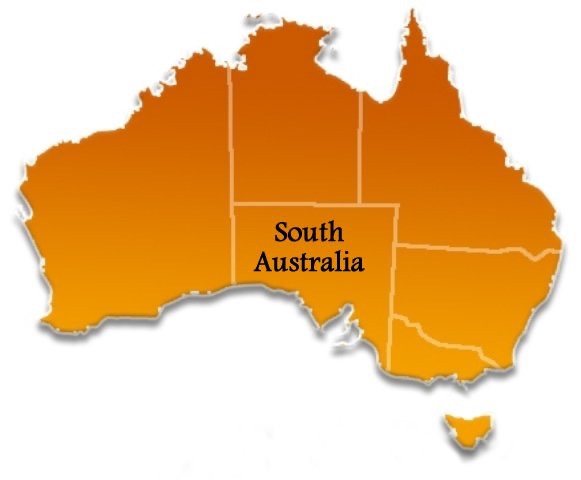
Encompassing 984,377 square kilometers, South Australia ranks as the fifth-largest state in Australia, showcasing a varied terrain that ranges from the arid Outback to flourishing wine regions.
14. Kangaroo Island is situated off the coast of South Australia.

Kangaroo Island is an iconic destination off the coast of South Australia, celebrated for its breathtaking natural beauty and abundant wildlife. It offers visitors the opportunity to experience diverse landscapes, pristine beaches, and observe native Australian animals in their natural habitat.
13. Adelaide serves as the capital city of South Australia.
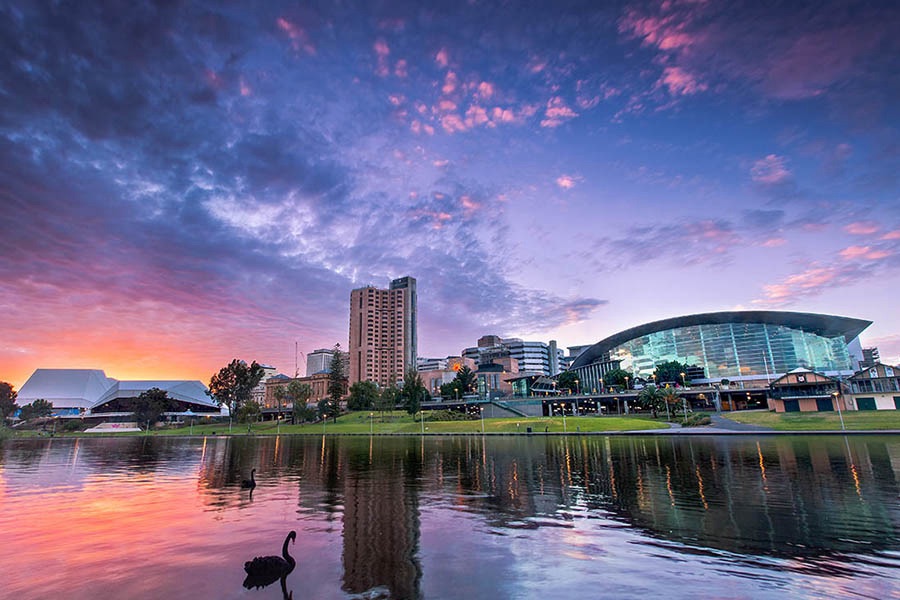
Adelaide, the capital city of South Australia, is celebrated for its lively arts scene, cultural festivals, and picturesque parklands. Renowned for its exceptional food and wine, it has earned the moniker “20-minute city” owing to its convenient accessibility.
12. South Australia stands as a significant hub for wine production.
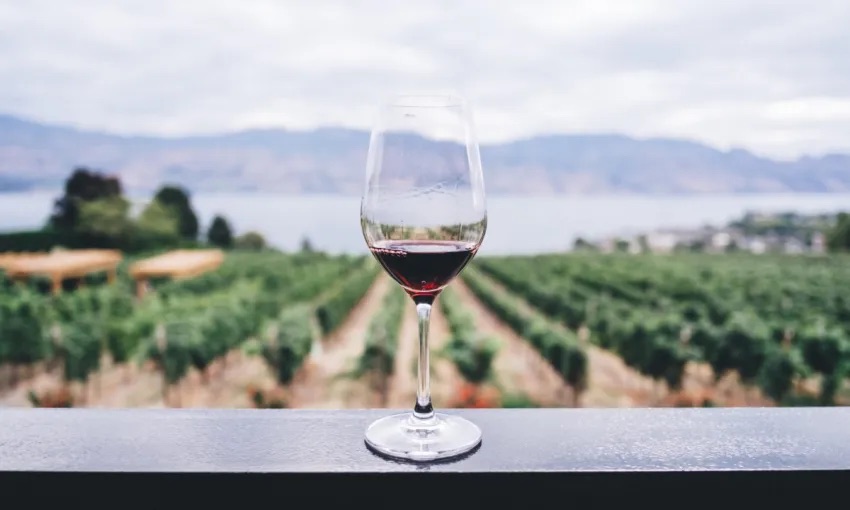
South Australia stands as a prominent hub for wine production, boasting renowned wine regions that contribute to its global reputation in the viticulture world. The state’s diverse landscapes, including the fertile valleys and picturesque vineyards, provide an ideal terroir for cultivating a wide variety of grape varietals.
The Barossa Valley, McLaren Vale, Clare Valley, and Adelaide Hills are just a few of the iconic wine regions within South Australia, each offering distinctive characteristics to the wines produced. Wineries in these regions craft a spectrum of high-quality wines, from rich Shiraz to crisp Chardonnay, earning accolades and capturing the palates of wine enthusiasts worldwide.
With a perfect blend of climate, soil, and winemaking expertise, South Australia has become synonymous with producing some of the finest wines globally. Visitors to the state can embark on wine-tasting journeys, exploring cellar doors and experiencing the passion and craftsmanship that define South Australia’s thriving wine industry.
11. The Adelaide Oval stands as an iconic sports venue.

The Adelaide Oval stands as an iconic sports venue, deeply embedded in the cultural and sporting heritage of South Australia. Situated in the heart of Adelaide, the oval is not merely a stadium; it’s a symbol of the state’s passion for sports and its rich history.
Originally established in 1871, the Adelaide Oval has undergone significant transformations over the years, evolving into a modern, world-class facility. It hosts a variety of sporting events, including cricket, Australian rules football, soccer, and rugby. The historic significance of the oval is highlighted by its inclusion in the Australian Heritage Register.
With a seating capacity that allows for an electric atmosphere, the Adelaide Oval has been witness to memorable sporting moments, international competitions, and concerts featuring renowned artists. The iconic, picturesque setting along the Torrens River contributes to the unique charm of the Adelaide Oval, making it a must-visit destination for sports enthusiasts and tourists alike.
Beyond its sporting significance, the Adelaide Oval plays a vital role in fostering community spirit, bringing people together to celebrate victories, support their teams, and create lasting memories. The iconic scoreboard, the lush green field, and the panoramic views of the city skyline make the Adelaide Oval not just a venue but an integral part of South Australia’s cultural fabric.
10. Opal mining is a notable industry in South Australia.
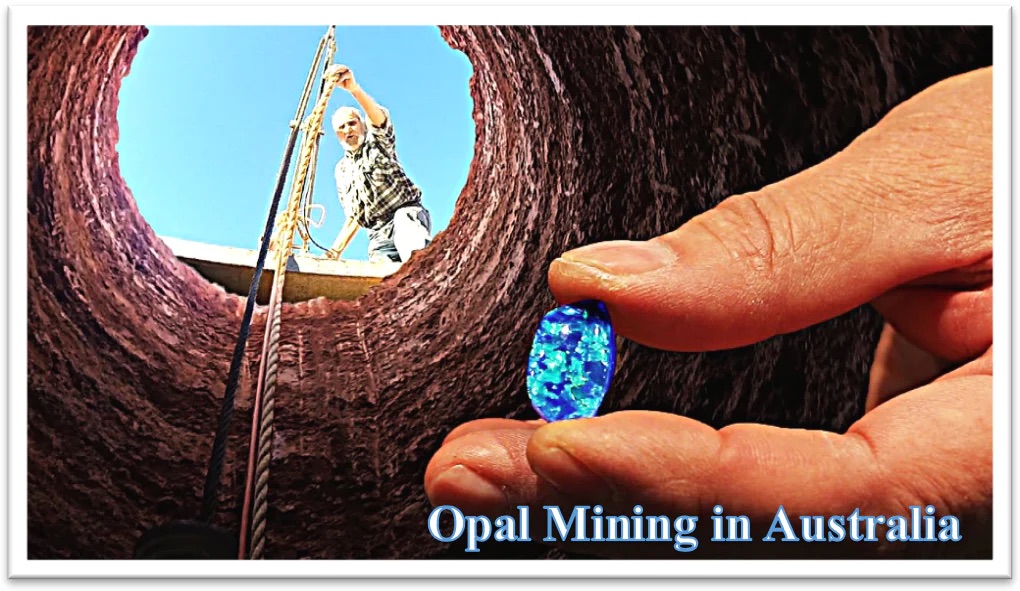
Opal mining is an integral aspect of South Australia’s economic and cultural landscape. Renowned as one of the world’s primary opal-producing regions, the state has earned its place in the global gemstone market through the extraction of these captivating and colorful treasures.
Mining opals in South Australia is a pursuit deeply ingrained in the region’s history, dating back over a century. The opal fields, characterized by arid landscapes and rugged terrains, yield a diverse array of opals, ranging in hues from striking reds to vibrant blues and greens. Coober Pedy, often referred to as the “Opal Capital of the World,” stands out as a prominent mining town where opal excavation thrives.
Opal miners, also known as “opal fossickers,” navigate the harsh outback, employing traditional and modern mining techniques to unearth these unique gemstones. The allure of opal mining extends beyond its economic significance; it embodies a sense of adventure and contributes to the state’s identity.
As opal deposits continue to captivate gem enthusiasts and collectors globally, South Australia remains a vital player in the opal industry, showcasing the unique beauty and geological wonders hidden beneath its sun-drenched soil. Opal mining not only contributes to the state’s economic prosperity but also adds a vibrant and iridescent thread to the tapestry of South Australia’s rich cultural heritage.
09. South Australia boasts the world’s largest collection of Aboriginal rock art.
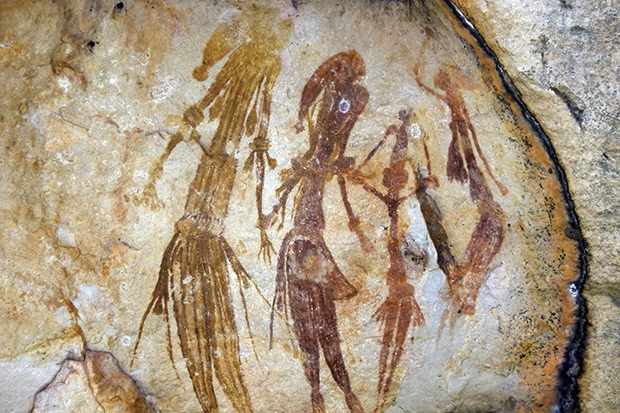
South Australia is home to a rich and extensive collection of Aboriginal rock art, providing a fascinating glimpse into the ancient cultural heritage of the region. Scattered across various landscapes, these rock art sites serve as enduring testaments to the artistic and spiritual expressions of Indigenous communities that have called this land home for thousands of years.
The rock art of South Australia is diverse, with motifs ranging from intricate dot paintings to dynamic depictions of human and animal figures. These artworks are found in sheltered rock overhangs, caves, and cliffs, often situated in significant cultural and sacred locations. The styles and symbols used in the art vary across different regions, reflecting the distinct traditions and stories of the diverse Aboriginal groups.
These ancient expressions not only showcase the artistic prowess of Indigenous Australians but also serve as vital cultural repositories, containing stories, myths, and traditions passed down through generations. The rock art provides insights into the spiritual beliefs, daily life, and connection to the land that have sustained Aboriginal cultures over millennia.
Preserving and respecting these sacred sites is of paramount importance, as they are integral to the living cultural landscape of South Australia. Efforts to document, protect, and share these remarkable rock art sites contribute not only to the understanding of Australia’s deep past but also to the ongoing recognition and celebration of Indigenous heritage within the broader Australian narrative.
08. South Australia stands as a leading producer of seafood.
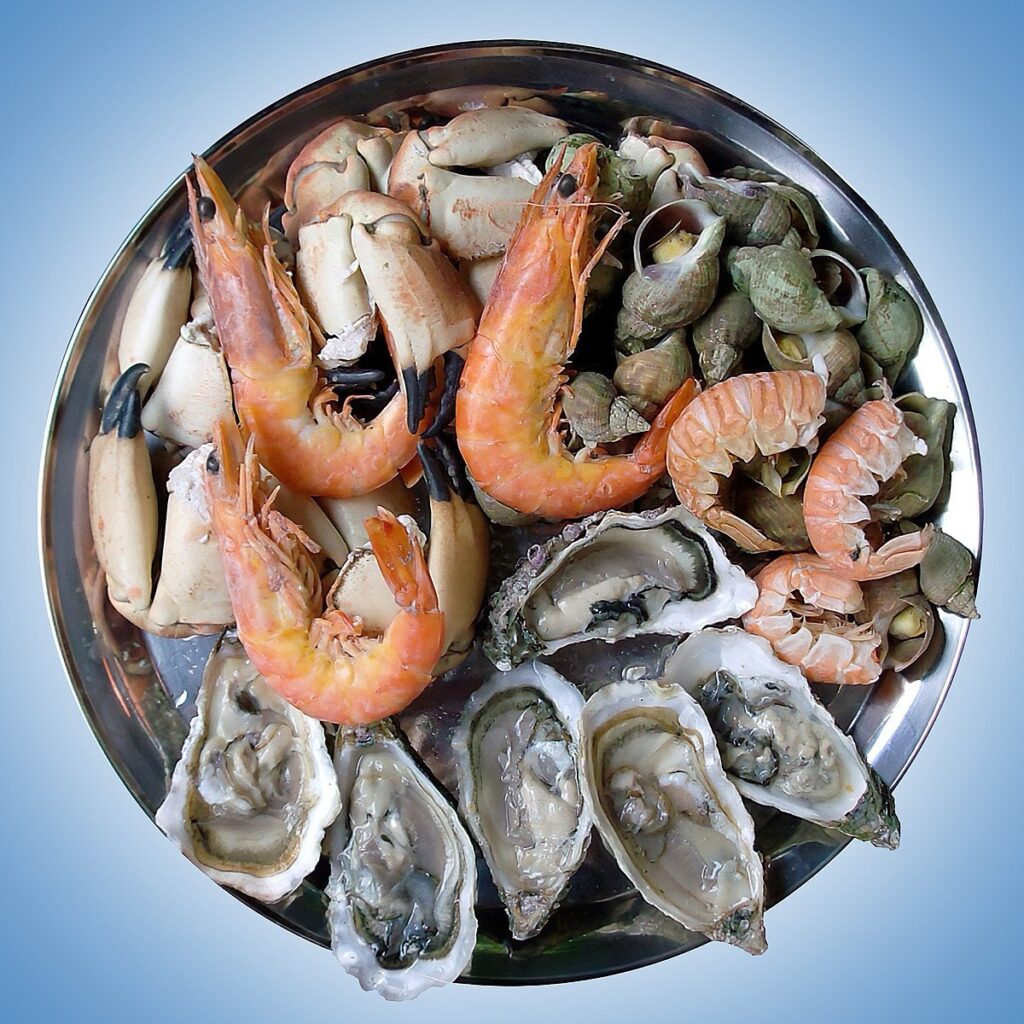
South Australia holds a prominent position as a leading producer of high-quality seafood. With its extensive coastline and diverse marine environments, the state boasts a thriving seafood industry that contributes significantly to both domestic and international markets.
The pristine waters of South Australia provide an ideal habitat for a variety of premium seafood, including renowned catches such as King Prawns, Southern Rock Lobsters, and King George Whiting. The state’s fisheries are known for their sustainable practices, ensuring the long-term health and viability of marine ecosystems while delivering exceptional seafood products.
The fishing communities along South Australia’s coasts play a crucial role in the seafood industry, utilizing responsible harvesting methods to maintain the delicate balance of aquatic ecosystems. Additionally, aquaculture practices, including oyster and mussel farming, further contribute to the abundance and diversity of the state’s seafood offerings.
The commitment to quality and sustainability has earned South Australia a reputation for delivering some of the freshest and most sought-after seafood globally. Whether enjoyed locally in vibrant seafood markets or exported to international destinations, South Australia’s seafood industry continues to be a source of pride, reflecting the state’s dedication to maintaining the integrity of its marine resources.
07. South Australia serves as a hub for eco-tourism.
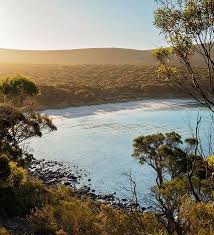
South Australia stands as a premier destination for eco-tourism, drawing nature enthusiasts and adventure seekers to explore its diverse landscapes and unique ecosystems. The state’s commitment to preserving its natural wonders and promoting sustainable tourism practices has positioned it as a hub for those seeking immersive and environmentally conscious travel experiences.
From the arid expanses of the Outback to the pristine coastlines and lush wilderness areas, South Australia offers a rich tapestry of natural attractions. Visitors can embark on eco-friendly adventures such as guided wildlife safaris, hiking through national parks, or exploring conservation areas that showcase the state’s unique flora and fauna.
Kangaroo Island, an ecological haven just off the coast, exemplifies South Australia’s dedication to eco-tourism. The island is home to diverse wildlife, including sea lions, kangaroos, and a variety of bird species. Conservation initiatives and responsible tourism practices contribute to the preservation of this natural paradise.
South Australia’s commitment to sustainability extends to eco-lodges, eco-friendly tours, and initiatives promoting minimal environmental impact. Whether stargazing in the Flinders Ranges, discovering ancient landscapes in the Ikara-Flinders Ranges National Park, or experiencing the coastal wonders of the Eyre Peninsula, eco-tourists can immerse themselves in South Australia’s breathtaking scenery while contributing to the preservation of its ecological treasures.
06. South Australia boasts the iconic Murray River.
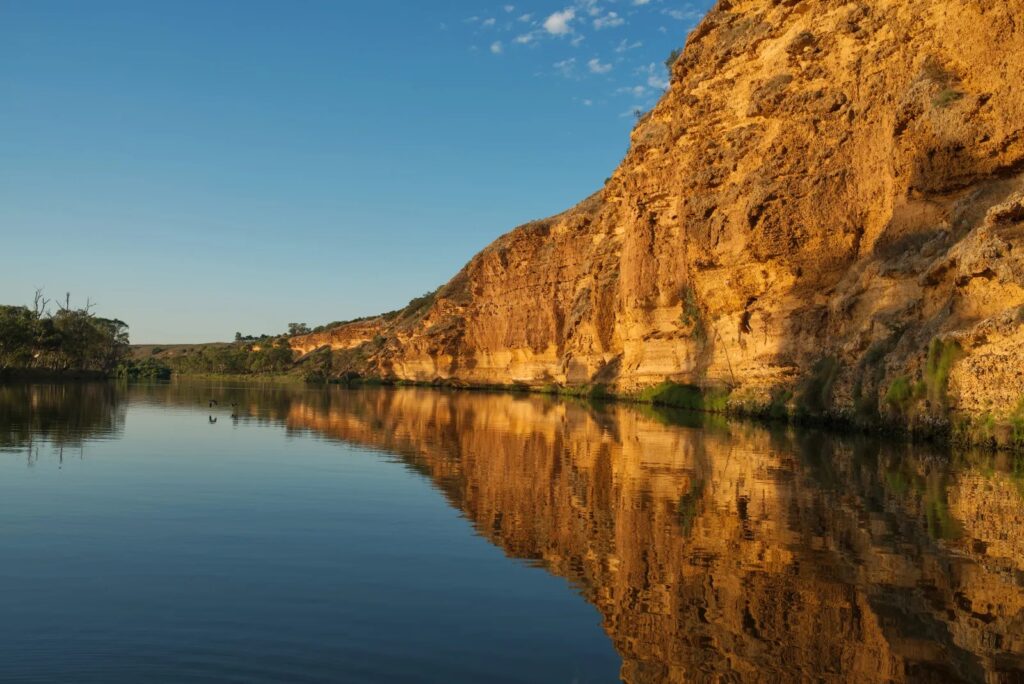
South Australia takes pride in hosting the iconic Murray River, a majestic watercourse that weaves through the heart of the state, offering scenic beauty and a wealth of recreational opportunities. As Australia’s longest river, the Murray River holds cultural, historical, and environmental significance, making it a cherished natural asset.
Flowing over 2,500 kilometers, the Murray River traverses diverse landscapes, from serene riverbanks to striking cliffs, providing a picturesque backdrop for activities such as river cruises, houseboat adventures, and leisurely strolls along its shores. The river’s meandering path through South Australia creates a unique blend of natural ecosystems, fostering rich biodiversity and supporting local flora and fauna.
The Murray River is more than a scenic waterway; it plays a vital role in agriculture and irrigation, sustaining the fertile landscapes along its banks. Visitors can explore the river’s cultural heritage by discovering Aboriginal sites and gaining insights into the river’s historical significance in shaping the region.
A popular destination for outdoor enthusiasts, the Murray River offers opportunities for fishing, water sports, and birdwatching, allowing visitors to connect with nature in a tranquil and immersive setting. Whether enjoying a peaceful paddle along its meanders or experiencing the vibrant riverfront communities, South Australia’s Murray River stands as a symbol of natural beauty and cultural richness within the state.
05. South Australia showcases the vibrant Tasting Australia festival.
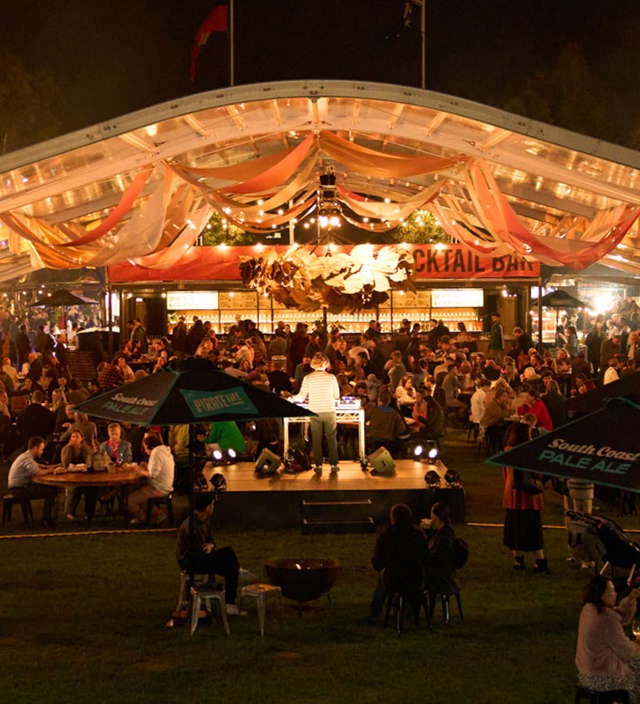
South Australia comes alive with gastronomic delight during the vibrant Tasting Australia festival, a culinary celebration that captivates food enthusiasts and showcases the state’s diverse and delectable flavors. This acclaimed festival has become a hallmark of South Australia’s culinary scene, attracting foodies, chefs, and wine enthusiasts from around the globe.
Tasting Australia offers a sensory journey through the state’s rich food and wine culture, featuring an array of events, tastings, and culinary experiences. Renowned chefs, both local and international, converge to present their culinary prowess, creating a melting pot of innovative dishes that highlight South Australia’s premium produce.
From bustling food markets to exclusive chef’s dinners, Tasting Australia provides a platform for visitors to savor the best the region has to offer. The festival embraces a farm-to-table philosophy, emphasizing the importance of fresh, locally sourced ingredients in crafting exceptional dishes. Attendees can explore diverse food and beverage offerings, from world-class wines to artisanal cheeses and everything in between.
Beyond the palate, Tasting Australia celebrates the connections between food, culture, and community. Cooking demonstrations, masterclasses, and interactive sessions invite attendees to engage with the culinary arts, fostering a deeper appreciation for the flavors and traditions that define South Australia.
As a cultural highlight, Tasting Australia not only elevates the profile of local producers but also contributes to the dynamic and evolving identity of South Australia as a global culinary destination. For those seeking an immersive and flavorful experience, Tasting Australia stands as a must-attend festival that embodies the gastronomic essence of this remarkable state.
04. South Australia beckons adventure seekers with its diverse landscapes and thrilling experiences.

South Australia beckons adventure seekers with its diverse landscapes and a plethora of thrilling experiences that cater to the adrenaline enthusiasts. From the rugged expanses of the Outback to the stunning coastal regions, the state offers an array of activities that promise excitement and awe-inspiring moments.
For those craving high-octane adventures, the vast Outback provides an unparalleled playground. Four-wheel driving through the red, dusty trails, camping under the star-studded sky, and exploring iconic natural landmarks such as Wilpena Pound are just a few of the exhilarating opportunities awaiting adventurers in the heart of South Australia.
Coastal enthusiasts find their haven along the pristine shores of the Eyre Peninsula. Shark cage diving, where you can come face-to-face with the ocean’s apex predators, is a heart-pounding experience that draws thrill-seekers from around the world. Additionally, the Eyre Peninsula offers excellent conditions for surfing, kiteboarding, and deep-sea fishing, providing an adrenaline rush against the backdrop of breathtaking coastal scenery.
South Australia’s Flinders Ranges, with its dramatic landscapes and ancient rock formations, sets the stage for captivating hiking and rock climbing expeditions. Adventurers can tackle challenging trails, scale impressive peaks, and revel in the untouched beauty of this rugged terrain.
For those yearning for a unique adventure, exploring the underground wonders of Coober Pedy, known as the “Opal Capital of the World,” offers a subterranean experience like no other. Visitors can venture into underground homes, churches, and mines, immersing themselves in the fascinating underground lifestyle shaped by the pursuit of opals.
South Australia’s commitment to adventure tourism ensures that every thrill-seeker finds their perfect escapade within its borders. Whether soaring over picturesque landscapes in a hot air balloon or diving into the depths of the Great Australian Bight, South Australia stands as an adventure playground, inviting bold spirits to embrace the extraordinary.
03. South Australia stands at the forefront of renewable energy, exemplifying a commitment to sustainable practices.
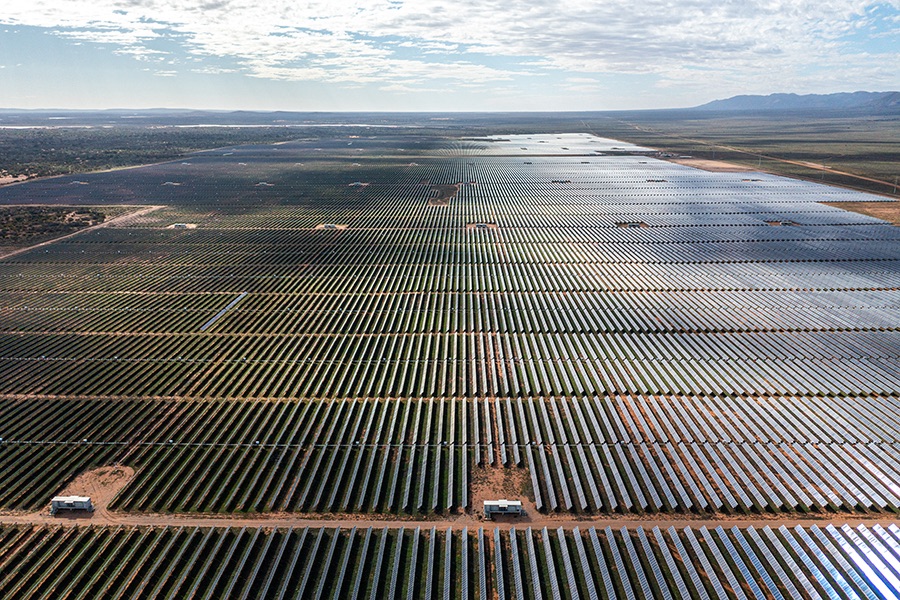
South Australia stands proudly at the forefront of renewable energy, showcasing a steadfast commitment to sustainable practices and environmental responsibility. Recognized globally for its pioneering efforts in the realm of clean energy, the state has become a beacon of innovation, leading the way towards a greener and more sustainable future.
One of the notable achievements is South Australia’s substantial investment in wind energy. Sprawling wind farms, with their towering turbines harnessing the power of the breeze, dot the landscape, generating a significant portion of the state’s electricity. These wind projects not only contribute to reducing reliance on traditional fossil fuels but also play a crucial role in mitigating the impact of climate change.
Solar power is another cornerstone of South Australia’s renewable energy landscape. The state boasts an abundance of sunlight, making it an ideal location for harnessing solar energy. Rooftop solar installations on homes, businesses, and institutions contribute substantially to the overall renewable energy capacity. The commitment to expanding solar infrastructure aligns with South Australia’s goal of achieving greater energy sustainability.
In addition to wind and solar, advancements in energy storage technologies play a pivotal role in enhancing the reliability of renewable sources. The state has been a trailblazer in adopting large-scale battery storage systems, ensuring a stable and consistent power supply even during periods of intermittent renewable generation.
South Australia’s initiatives in renewable energy not only benefit the environment but also stimulate economic growth. The renewable sector has created jobs, attracted investments, and positioned the state as a model for others looking to transition towards a more sustainable energy landscape.
As South Australia continues to champion renewable energy, it reinforces its commitment to a cleaner, greener future, setting an inspiring example for regions worldwide. Through innovation, investment, and dedication, South Australia stands as a shining exemplar of sustainable practices and a driving force in the global transition towards renewable energy solutions.
02. The Adelaide Fringe Festival captivates audiences with its vibrant celebration of the arts.

The Adelaide Fringe Festival stands as a vibrant and captivating celebration of the arts, enriching the cultural landscape of South Australia and drawing audiences from far and wide. This iconic festival, renowned globally, transcends traditional boundaries, creating a dynamic platform for artists to showcase their creativity and engage with diverse audiences.
Held annually in the city of Adelaide, the Fringe Festival transforms the urban canvas into a tapestry of colors, sounds, and performances. The festival’s inclusive and open-access philosophy encourages artists from various disciplines, including theater, music, dance, comedy, visual arts, and more, to participate and contribute to the eclectic mix of events.
What distinguishes the Adelaide Fringe is its commitment to pushing artistic boundaries and providing a stage for emerging talents alongside established artists. The city becomes a playground for experimentation, where unconventional venues host performances, and unexpected encounters with art become part of the experience.
Audiences attending the Adelaide Fringe are treated to an immersive and interactive cultural experience. From street performances and outdoor installations to avant-garde theater productions and cutting-edge exhibitions, the festival offers a diverse range of artistic expressions. The vibrant atmosphere spills into the streets, creating a sense of community engagement and shared appreciation for the arts.
The Adelaide Fringe Festival has evolved into one of the largest and most diverse arts festivals globally, attracting artists and art enthusiasts alike. Its impact extends beyond the cultural realm, contributing significantly to the local economy and tourism sector.
With its unbridled creativity, the Adelaide Fringe Festival has become a hallmark of South Australia’s cultural identity. It serves as a testament to the power of the arts to inspire, challenge, and unite people from all walks of life. As the festival continues to evolve, it remains an essential part of Adelaide’s cultural calendar, reaffirming the city’s status as a thriving hub for artistic expression and innovation.
01. South Australia takes pride in its rich maritime history.
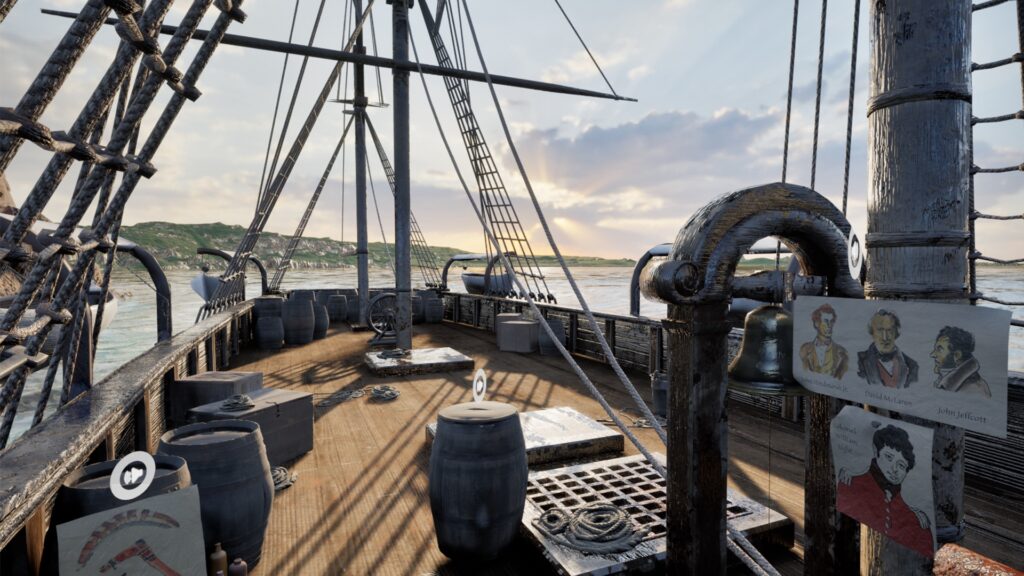
South Australia proudly cherishes its illustrious maritime history, a testament to its deep connection with the sea and the pivotal role it played in shaping the state’s identity. This maritime heritage encompasses a diverse tapestry of maritime activities, explorations, and achievements that have left an indelible mark on South Australia.
From the early days of European exploration and settlement, maritime endeavors played a crucial role in establishing connections with the world and facilitating trade. The bustling ports of South Australia, including the historic Port Adelaide, became vital gateways for ships navigating the Southern Ocean, fostering economic growth and cultural exchange.
The maritime history of South Australia is intricately woven with tales of seafaring adventures, shipbuilding prowess, and maritime innovations. It reflects the resilience of early maritime communities, whose livelihoods were intertwined with the ebb and flow of the tides. Iconic vessels and maritime infrastructure, such as lighthouses and jetties, stand as tangible reminders of this rich maritime legacy.
Noteworthy maritime achievements, including explorations along the coastline and significant contributions to naval endeavors during times of conflict, underscore South Australia’s maritime prowess. The state’s shipyards have witnessed the construction of vessels that have sailed across oceans, forging connections and contributing to global maritime trade networks.
South Australia’s maritime history also encompasses tales of immigration, as ships brought diverse communities to its shores, shaping the cultural fabric of the state. The maritime heritage is celebrated through maritime museums, exhibits, and festivals that honor the sailors, fishermen, and maritime pioneers who have left an enduring impact.
Today, South Australia continues to honor and preserve its maritime history, recognizing it as a source of pride and inspiration. Maritime-themed events, educational programs, and the restoration of maritime artifacts contribute to the ongoing narrative of South Australia’s enduring connection with the sea.
In essence, South Australia’s rich maritime history serves as a maritime tapestry, weaving together stories of exploration, trade, resilience, and cultural diversity that have shaped the state’s coastal identity and continue to resonate with its residents and visitors alike.
